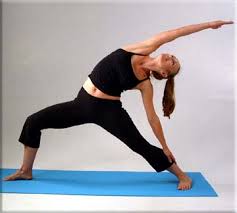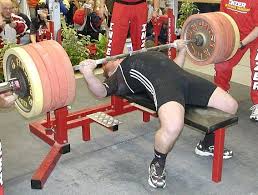Hey all,



final practise - back bends
everything we did was designed to prepare for the set move of that day, apply this thinking to training.
legs - glute act
shoulders - mobility/stabilzation
It was the first time in 6 months i had heard my own heart-beat, there was a silence, i sat there (waiting for everyone to arrive) laying down and contemplating sleep. This was to be my first proper yoga session and i was nervous - i assumed i would be really crap and fall over to the amusement of my supple instructor and her rubber friends. I was wrong, i did ok and nobody laughed. In fact i really liked it and will make it regular.
A great way to de-stress
Don't worry im not gonna start sipping wheatgrass and complaining about there are no good vegan cafes in Singapore. I liked it because i absolutely needed it - my body needs it. Its challenging and really good for me... winner, winner, chicken dinner.
I wasnt exactly in the zone/moment or in a perfect state of calm, in fact when the instructor (sonja) ask if we were thinking of anything and to cast away thoughts, i was thinking of how Yogi Bear sounds like Yoga and would he ever need to attempt it? the mind is a weird place.
"See ya Boo-Boo... Gotta run to my class!"
After 45 minutes of determined struggle we got to the last movement - a back-bend (which sounds unappealing to someone who has taken up yoga because he has a stiff back) but i nailed it because i had tricep strength and some couldnt because they had none! oh the irony. As Sonja explained the technique of the move, she explained that everything we had done in class that day (twists, holds, stretches) was to prepare and make the back-bend easier. As she said that, i thought 'blog idea'.
Preparing to do work
The 'yogees' (collective group name for annoying rubber people) spent 45 minutes preparing to practise for 1 challenging move and i thought:
"Should we take this philosophy into our own training?"
Maybe 45 minutes for one single move is a bit excessive in the gym environment but that doesn't have to happen. Even 5-10 minutes of planned, selected drills can increase the performance of the big lifts.
For example, Bench pressing
Before a heavy bench press it would be a good idea to prepare thoroughly:
- Activate the surrounding muscles (serratus anterior, muscles of the rotator cuff, scapula, mid traps)
- Manuoevre our feet in contact with the floor to assist the lift (biomechnical advantage)
- Draw shoulder blades together to create a stronger base (support)
Then lift.
Excellent benching technique involves the whole body
Q: So how come that hardly ever happens? A: Poor preparation and lazy training practises.
Other gym examples to use:
Leg training - Blood flow to the lower body (cycle), joint mobilzation (ankle, knee and hip), exercise rehersal (bodyweight squats and lunges, muscle activation (glutes, adductors)
Sample 10 minute leg warm up for heavy leg training
- 5 minutes cycle (light 30s intervals)
- Ankle rolls, knee circles, hip rotations
- 20 bodyweight squats, 20 reverse lunges, 20 side step and touches
- 1 leg glute raise, side band walks, step-over drill
Simples?
Take home mesage:
1: Determine what the main focus of the session is: (e.g. upper body lifting)
2: Prepare properly for it: (e.g. upper body mobility, muscle activation, warm up/feeler sets)
Not only will this improve your success in the exercise but it will be safer and decrease the chance of injuries.
How long do you take to warm up?
Do you have a general routin or is it focused towards the training? maybe this blog will make you think about changing.
See you next time :)
Check out my new facebook fitness page (currently under development):
please 'like' to receive further blogs, articles, etc
final practise - back bends
everything we did was designed to prepare for the set move of that day, apply this thinking to training.
legs - glute act
shoulders - mobility/stabilzation


